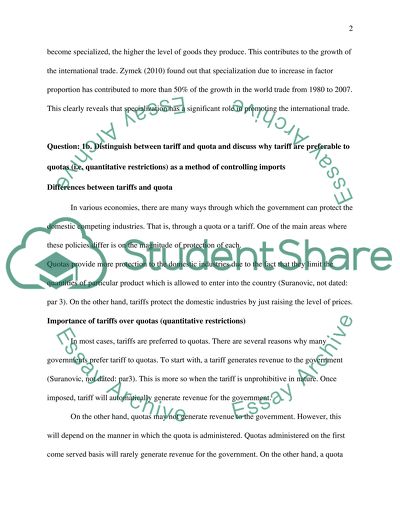Cite this document
(“Internatoinal trade Essay Example | Topics and Well Written Essays - 2000 words”, n.d.)
Retrieved from https://studentshare.org/environmental-studies/1412933-internatoinal-trade
Retrieved from https://studentshare.org/environmental-studies/1412933-internatoinal-trade
(Internatoinal Trade Essay Example | Topics and Well Written Essays - 2000 Words)
https://studentshare.org/environmental-studies/1412933-internatoinal-trade.
https://studentshare.org/environmental-studies/1412933-internatoinal-trade.
“Internatoinal Trade Essay Example | Topics and Well Written Essays - 2000 Words”, n.d. https://studentshare.org/environmental-studies/1412933-internatoinal-trade.


